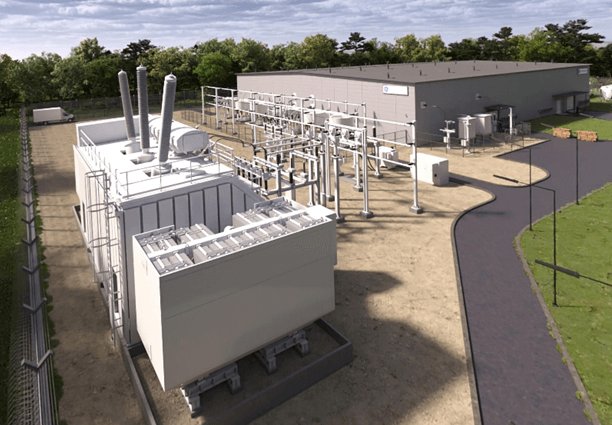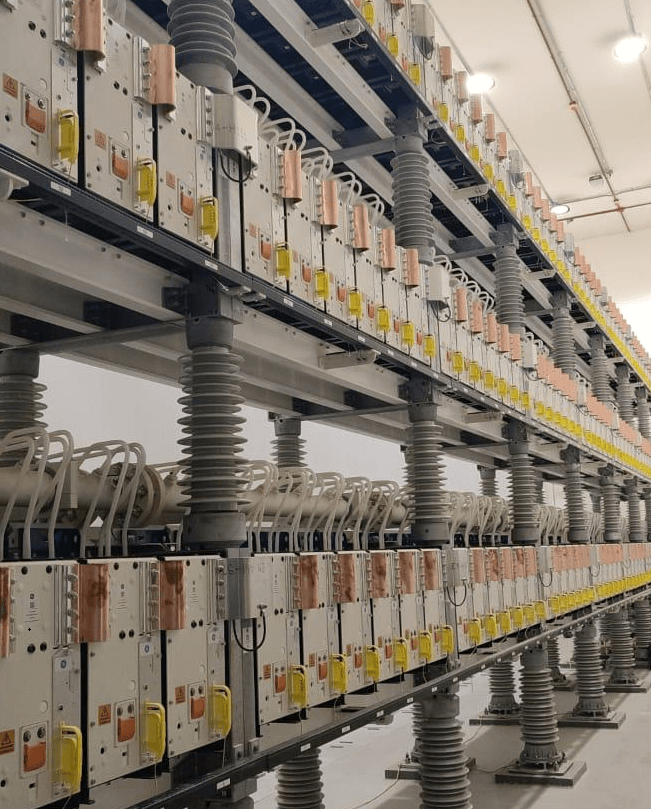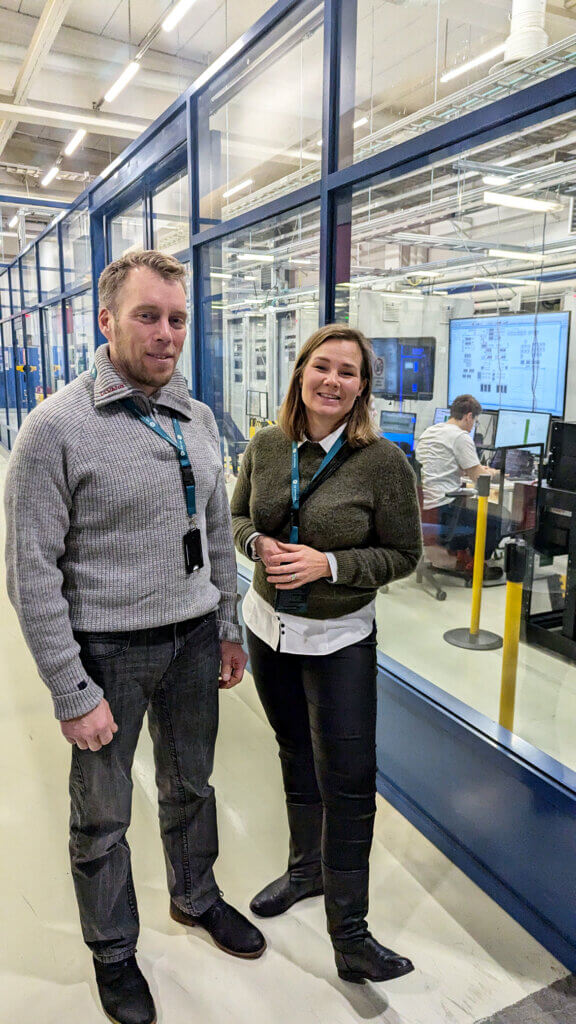International demand for high-power electrical equipment creates jobs in Tampere region: tens of millions order from Germany
 Credit: GE Vernova
Credit: GE Vernova
The growth of the green transition and renewable energy has created a need for updates to electricity grids. In the Vehmainen district of Tampere, GE Vernova is developing technology that stabilizes power grids and enhances their reliability. At the end of the year, the company received a major order from Germany. The tens-of-millions-euro deal reflects strong international demand.
GE Vernova’s Tampere office, which specializes in the energy sector, is delivering power compensation systems to 50Hertz, a German grid operator. These STATCOM systems are used in electricity transmission grids for voltage regulation and managing grid disturbances.
GE Vernova announced the Tampere order in early December. The Belgian-German company 50Hertz operates in the Berlin metropolitan area and across northeastern and eastern German states.
Kare Kaasalainen, Product Leader for GE Vernova’s FACTS power electronics systems unit in Vehmainen, says the significant order will create dozens of new jobs in terms of person-years in the Pirkanmaa region. The company is actively hiring, he adds.
“We’ve grown significantly in recent years, and the growth will continue. As the new year begins, we’ll hit the ground running, and there are open positions,” Kaasalainen explains.
“Our company is highly international. Here in Tampere, we have employees from more than a dozen different nationalities,” he says.
GE Vernova’s Tampere office currently employs 120 people, and including outsourced services, the total is 150. Local suppliers, such as Adwatec with its cooling systems and Insta with its control and protection cabinets, also contribute to the operations, according to Kaasalainen.
Other GE Vernova facilities involved in this project include Dresden and Mönchengladbach in Germany and Stafford in the UK.
Globally, GE Vernova employs 80,000 people in its current form.
The multinational conglomerate General Electric split into three entities in the 2020s: GE Aerospace for aerospace and aviation, GE Healthcare for health technologies, and GE Vernova for energy. The final step of this transformation was the listing of GE Vernova, completed earlier this year.
 MMC valve (Modular Multilevel Converter) is the heart of the system, responding instantly and efficiently to grid events while supporting network stability. Photo: GE Vernova
MMC valve (Modular Multilevel Converter) is the heart of the system, responding instantly and efficiently to grid events while supporting network stability. Photo: GE Vernova
Stabilizing the Grid
Kaasalainen explains that GE Vernova’s FACTSFLEX STATCOM is a support system for power grids. It connects directly to the AC grid, helping to manage voltage and stabilize the network. As part of the latest order, three such systems will be delivered to two different locations. According to Kaasalainen, delivery timelines span the late 2020s.
The space required for the equipment is roughly the size of a training ice rink with a rink and seating. The system can be thought of as an intelligent controller that feeds or absorbs electrical power as needed. STATCOM can regulate grid voltage, support grid frequency, and respond to changes in the power grid within milliseconds. This is crucial, as maintaining a balanced grid ensures reliable electricity delivery; failure could result in a blackout, Kaasalainen notes.
The scale of STATCOM’s power capabilities is impressive. Key metrics include reactive power – the amount it can supply or absorb to regulate grid voltage – and active power, which stabilizes grid frequencies.
“The power levels are immense: approximately 300 MVAr and 150 megawatts, which is equivalent to tens of thousands of electric sauna stoves or roughly half the output of the Olkiluoto 1 and 2 nuclear reactor’s 890 megawatts,” Kaasalainen estimates. MVAr (megavolt-ampere reactive) is the unit for reactive power.
Need for Technology
In Germany, as in many other countries, the transition from fossil fuels to renewable energy is accelerating, driving rapid developments in the field of power electronics.
In Finland, too, upgrading electricity grids is a timely topic. In early November, public broadcaster Yle reported on a 300-kilometer, 280-million-euro electricity transmission network construction project. The transmission grid operator Fingrid aims to bring electricity from northern Sweden to Finland through the Järvilinja project, a power line running from Vaala in Northern Ostrobothnia to southern parts of Northern Savonia. The project aims to meet Southern Finland’s electricity needs and is expected to be completed by the end of 2026.
As Yle noted, Finland aims to achieve carbon neutrality by 2035. Green transition investments aim to expedite the phase-out of fossil fuels, aligning with the European Union’s overarching goal. A significant portion of EU recovery funds is tied to the green transition.
Additionally, recent statistics from Statistics Finland show that growth in nuclear, wind, and hydroelectric power has accelerated the transition to a cleaner energy system in 2023.
 Kare Kaasalainen of GE Vernova and Heini Wallander of Business Tampere at the Vehmainen office. Business Tampere got to know the operation. Photo: Sampo Härkönen / Business Tampere
Kare Kaasalainen of GE Vernova and Heini Wallander of Business Tampere at the Vehmainen office. Business Tampere got to know the operation. Photo: Sampo Härkönen / Business Tampere
Future Impacts
In addition to jobs, orders, the green transition, and international reach, Heini Wallander, Industry Client Manager at Business Tampere, emphasizes the future impact of power electronics and its development. Wallander, herself an electrical engineering graduate, closely follows the field. She highlights hydrogen technologies as the next major trend in the Tampere region, forming a vital part of the growing circular economy. The area is well-positioned to drive sustainable energy production and processing.
“There’s deep and diverse expertise in energy systems and their components here. Companies like GE Vernova play a key role in the global green transition and the rising hydrogen economy in the Tampere region. The next opportunity to learn more about hydrogen technologies and the energy transition will be at the Hydrogen Summit at the end of January,” says Wallander.


